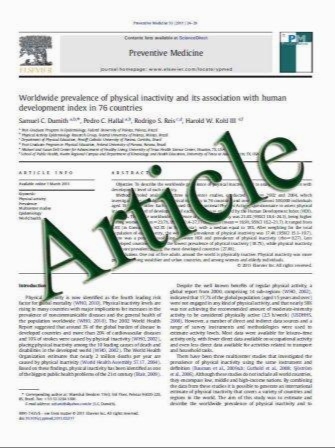Lumbar spine bone mineral density in US adults: demographic patterns and relationship with femur neck skeletal status
- نوع فایل : کتاب
- زبان : انگلیسی
- مؤلف : A. C. Looker & L. J. Melton III & L. G. Borrud & J. A. Shepherd
- چاپ و سال / کشور: 2011
Description
Summary This analysis examines lumbar spine bone mineral density (BMD) of US adults from NHANES 2005.2008 by age, sex, and race/ethnicity. Prevalence of low spine BMD and agreement between the prevalence of low BMD at the spine and femur neck in older adults are also assessed. Introduction Lumbar spine BMD data from a representative sample of the US population have not been previously available. Methods We used data from the National Health and Nutrition Examination Survey 2005.2008 to examine demographic patterns in lumbar spine BMD among US adults age .20 years and the prevalence of low lumbar spine BMD in adults age .50 years. Agreement between the prevalence of low BMD at the femur neck and spine in older adults was also assessed. Dual-energy X-ray absorptiometry was used to measure lumbar spine and femur neck BMD. World Health Organization definitions were used to categorize skeletal status as normal, osteopenia, or osteoporosis. Results Compared to non-Hispanic whites, non-Hispanic blacks had higher and Mexican Americans had lower lumbar spine BMD. Lumbar spine BMD declined with age in women, but not in men. Approximately 4.7 million (10%) older US women and 1 million (3%) older men had lumbar spine osteoporosis in 2005.2008. Roughly one third of them differed in skeletal status at the spine and hip but most were normal at one site and osteopenic at the other. Only 3.10%, depending on sex, had osteoporosis at one skeletal site but not at the other skeletal site. Between 76% and 87% with discordant skeletal status had lumbar spine T-scores within 1 unit of the category threshold. Conclusions These findings suggest that measuring either the femur neck or the lumbar spine will correctly classify the majority of individuals who present for care as osteoporotic or not.
Osteoporos Int DOI 10.1007/s00198-011-1693-z Received: 31 March 2011 / Accepted: 1 June 2011


